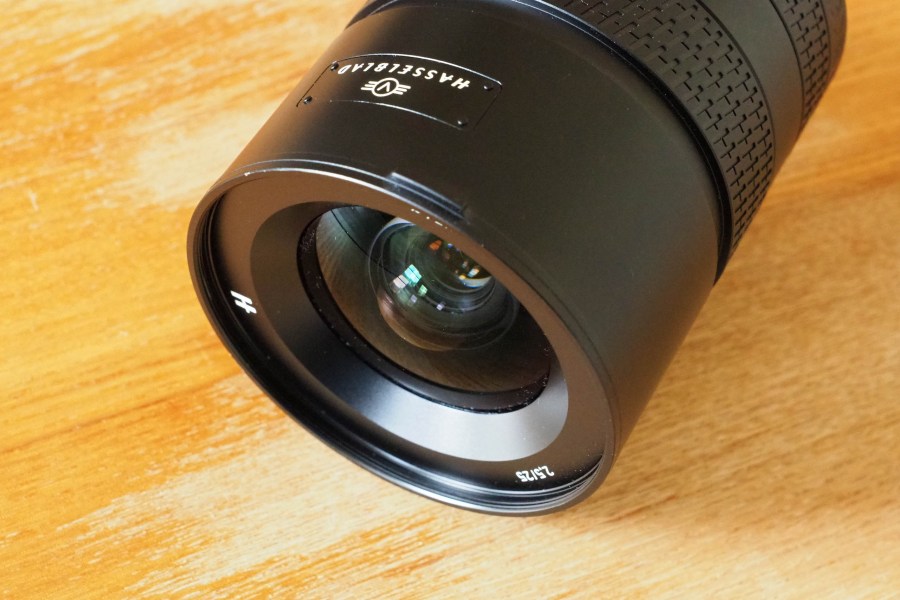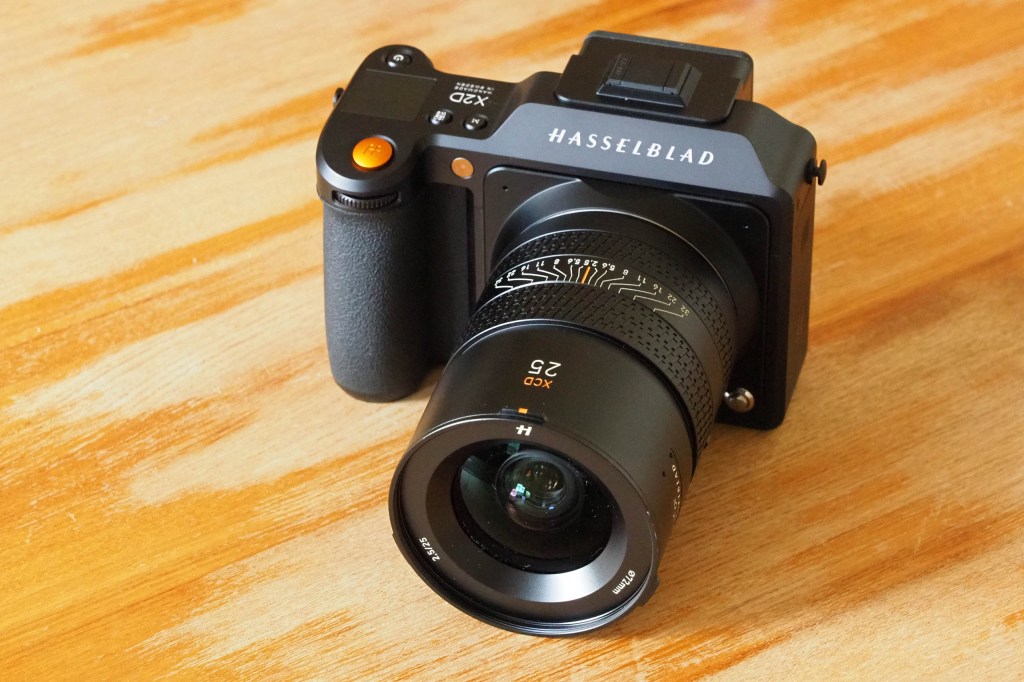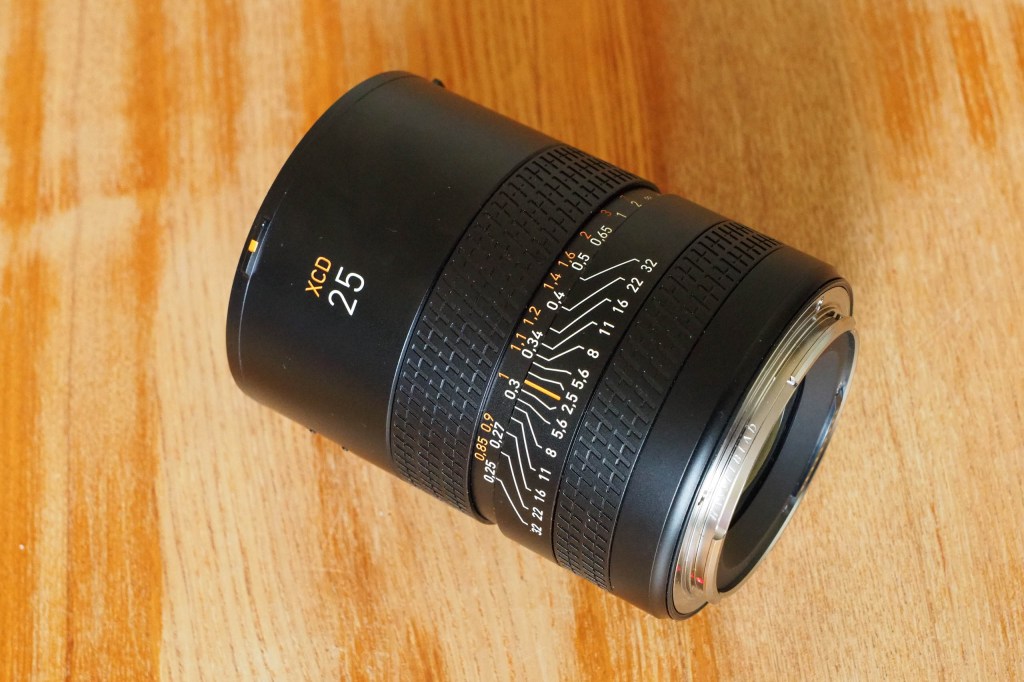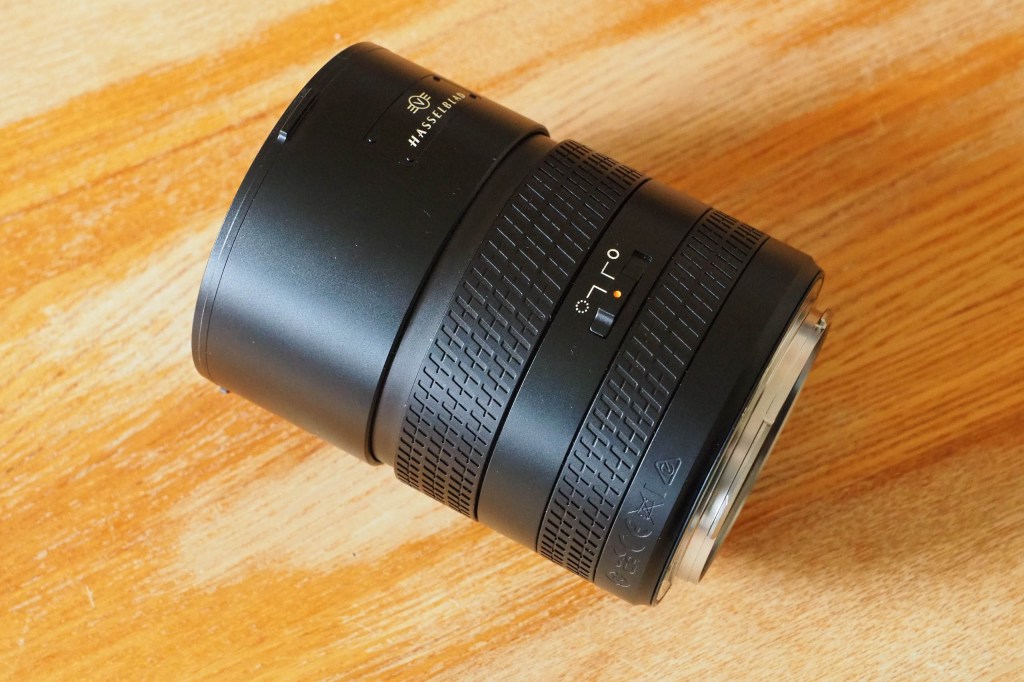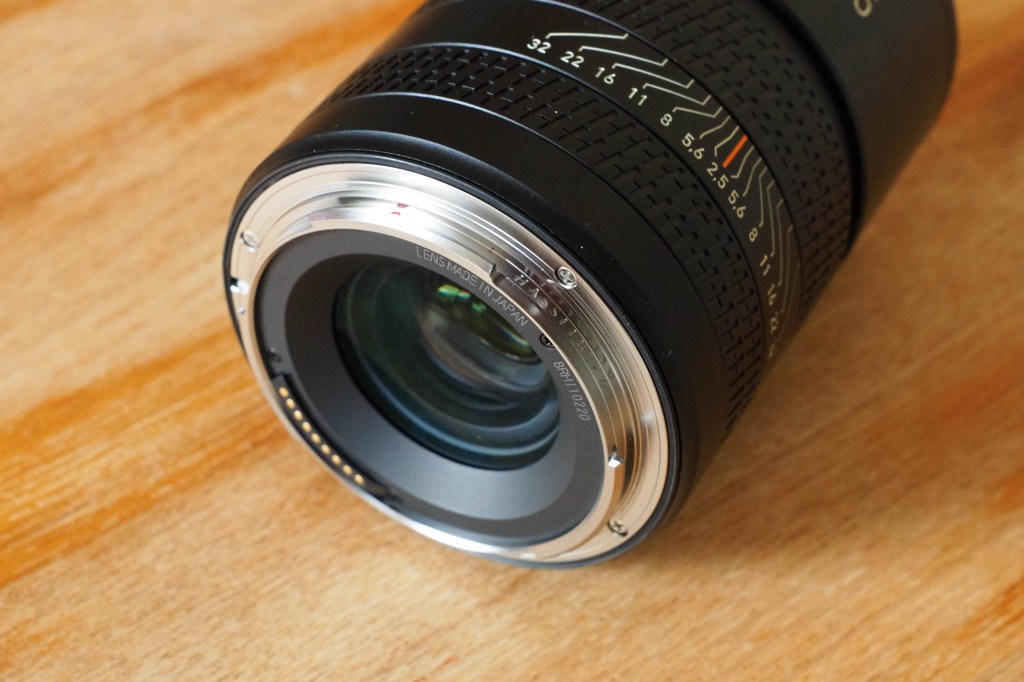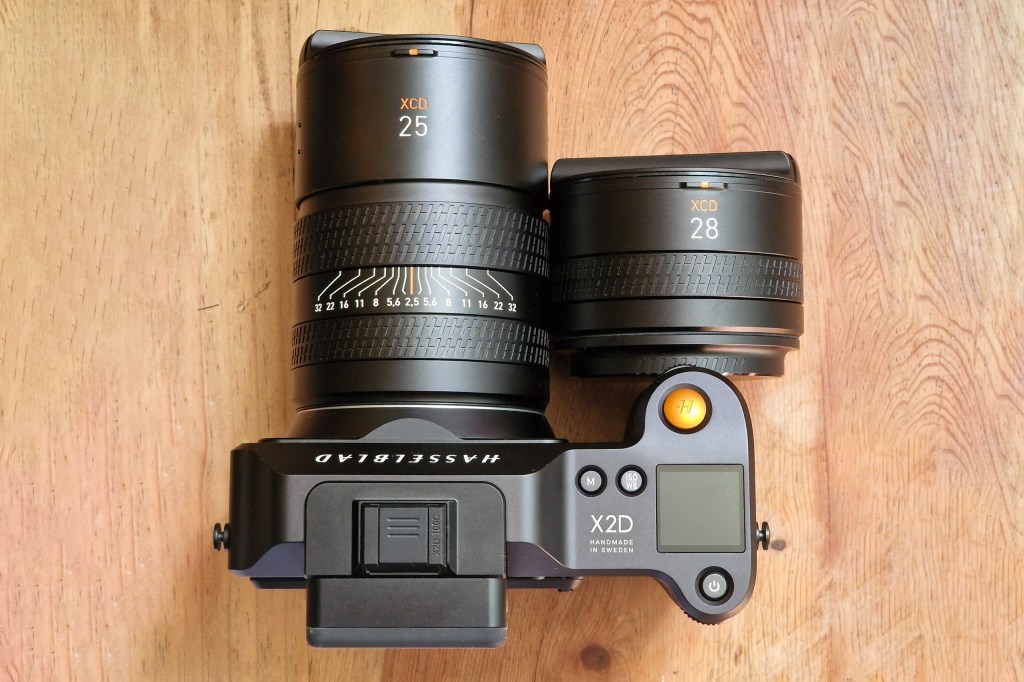The Hasselblad XCD 25mm F2.5 V lens is a new ultra-wide-angle lens for Hasselblad’s medium format mirrorless cameras, such as the X2D 100C and CFV 100C (with 907X). But how does it perform? Joshua Waller finds out.
Amateur Photographer verdict
The Hasselblad system gains another beautiful lens that lives up to the reputation delivering results that will impress.- New ultra-wide-angle lens
- Excellent build quality
- Bright F2.5 aperture
- Excellent results
- Distortion visible in JPEGs
- Vignetting wide-open
At a glance:
- $3699 / £3559
- 25mm focal length (20mm equivalent)
- f/2.5-f/32 aperture range
- 13 elements in 10 groups
- 4 aspherical elements, 3 extra low dispersion elements
- 25cm minimum focus diameter
- 72mm filter thread
- 105x75mm (length/diameter)
- 1/4000s faster sync speed
- 592g weight
The ultra-wide-angle lens is designed for use in a variety of situations, with obvious examples being landscapes, architecture, and interiors. However, Hasselblad also say that it is particularly designed to give great results in low-light conditions, such as astrophotography, urban nightscape and street photography, as well as night landscape photography.
The lens is designed with high-resolution cameras in mind, with Hasselblad offering 102MP medium format cameras, including the 907X / CFV 100C and X2D 100C, the later of which I used for this review. It is, of course, also compatible with Hasselblad’s other mirrorless medium format cameras.
Whilst this lens isn’t as small as the 28mm F4, it is brighter at F2.5, and wider giving a 20mm equivalent. It also features a push/pull AF/MF focus ring, as well as a customisable control ring. It’s relatively lightweight at under 600g, and reasonably small in terms of medium format lenses, not looking out of place next to full-frame lenses.
Features
The lens features an upgraded 10-blade leaf shutter unit, this shutter unit allows for faster exposures, and can be found in many of Hasselblad’s newest lenses, whilst many previous lenses used a 4-blade design.
There is no in-lens optical image stabilisation, instead if this is something you’re looking for, then you’ll need to find this inside a camera with in-body image stabilisation. This can be found in the Hasselblad X2D 100C.
The aperture starts at F2.5, as you’d expect, and can be stopped down to F32. The lens is made up of 13 elements, in 10 groups, with 4 aspherical elements, and 3 extra low dispersion elements. The back of the lens is sealed, as you’d expect on a prime lens, and this means that there it should not be possible for dust to get into the lens.
Handling and design
The Hasselblad XCD 25mm F2.5 V lens is a very solidly made lens with a metal construction, and features a clear “Made in Japan” label on the rear of the lens. The lens feels extremely well made.
The lens is similar in size to the XCD 90mm lens, and has a weight of 592g. Included in the box is a lens hood, as well as a leather-like lens case with drawstring. There’s also a front and rear lens cap, as you’d expect.
The lens includes an aperture focal range and distance scale diagram, which is for use when using the manual focus ring, which becomes available when pushed forwards. To switch back to autofocus, you can pull the ring back towards the camera.
The ‘clickless’ switch lets you set the customisable control ring to be click-less (and silent when turned) or as you guessed it, clicked, with clicks when you turn the lens aperture (etc). This is a nice feature to have if you want absolutely silent operation and could be of benefit if you’re recording video with the X1D II 50C camera, although it’s worth noting that not many Hasselblad cameras support video.
The build quality of the lens is exceptional, and in case you haven’t noticed, the grips on the focus and control rings are marked with the letter ‘H’ from the Hasselblad logo. There’s a small, engraved plate with the V logo and Hasselblad text and this adds to the overall premium feel and look of the lens.
The markings on the lens, including the ‘XCD 25’ text and other text and markings are all engraved and filled with paint, so that these will not wear away over time. Even the CE and other regulatory markings are engraved.
There’s a small rubber gasket seal at the rear of the lens to aid in keeping water and dust away from the camera sensor, and rear lens element.
The lens balances well on the Hasselblad X2D 100C, which I used for testing the lens. On the 907X / CFV 100C combination, the lens can feel a little large, and therefore the optional grip is recommended for better handling.
Autofocus
The focus ring can be operated by pushing the ring away from the camera, and this puts it into manual focus mode, where markings let you know the focal range at various aperture settings. Pull the lens ring back and you’ll put the lens back in to autofocus (AF) mode.

AF speed is largely dependent on the camera used, with the latest Hasselblad cameras promising quicker focus speeds. In practice, these are reasonable but not the fastest. In low-light conditions focus was less than ideal, with some focusing errors resulting in me wishing I’d used manual focus.
Performance
The XCD 25mm F2.5 V lens is incredibly sharp, with crisp detailed images even when shooting wide-open at F2.5. If you’re one of those people who loves looking for hidden detail in an image, then you’re going to be impressed with this lens. When combined with the 102MP medium format camera, the photos are jam packed with detail, making it a joy to look through the image and see all the fine detail captured.
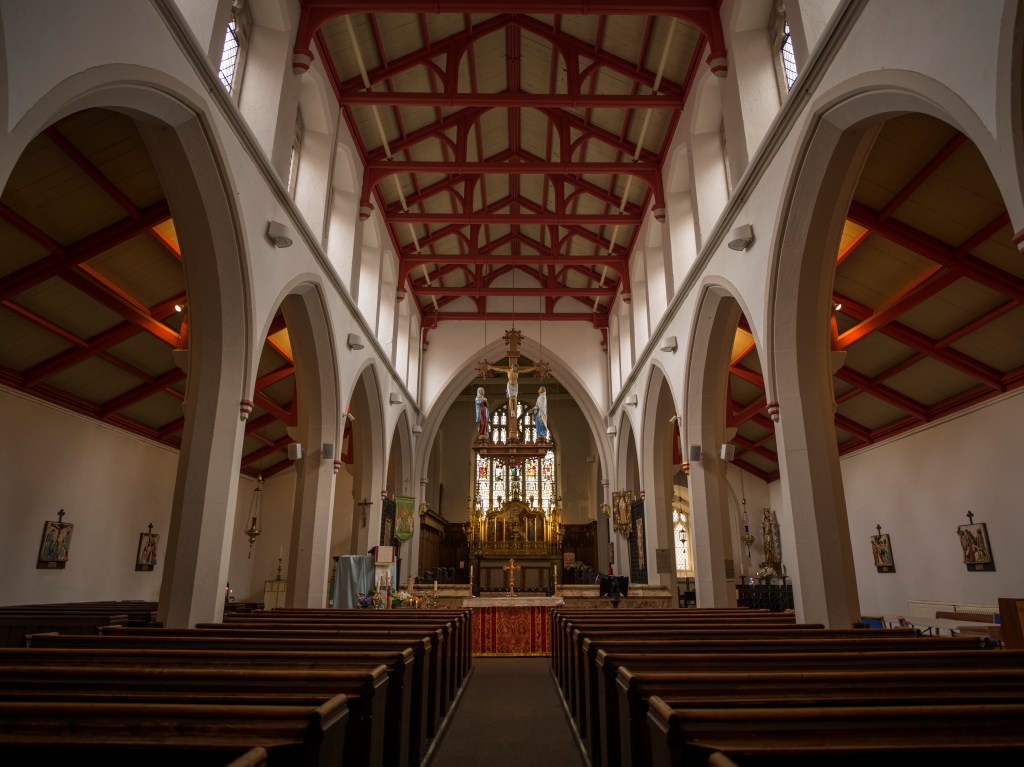
Resolution and contrast are impressive.
There’s no image stabilisation, so you’ll need to pair this lens with a camera like the X2D 100C if you do want image stabilisation. Even then, with the camera’s image stabilisation system, care needs to be taken to ensure you’re shooting at a fast enough shutter speed to avoid camera shake.

Despite shooting in a variety of conditions with bright light sources in the frame, it was difficult to produce any images with signs of flare and ghosting. It’s almost as if these issues are a thing of the past for premium lens manufacturers.
Colour fringing, or chromatic aberrations are well controlled, but when viewing images at 100% and going in to “pixel peep” you can see signs of purple fringing in areas of high contrast. This is easily corrected in photo editing software, and isn’t too concerning.
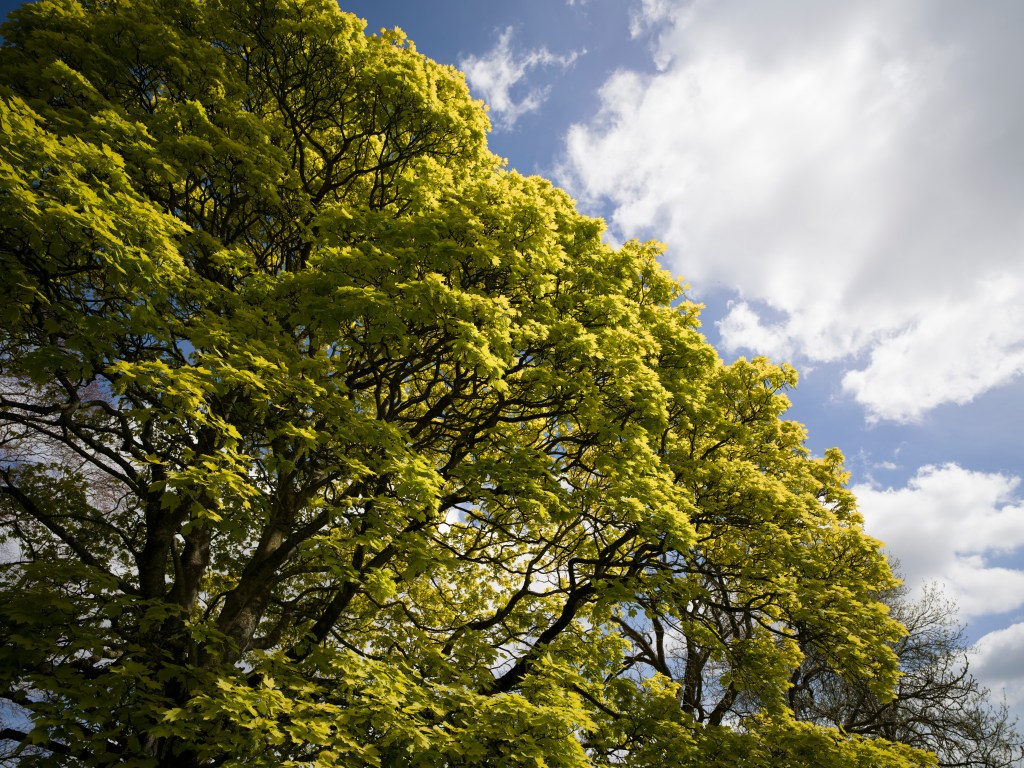
Shooting wide-open, vignetting is visible (see below), and this is another thing you can easily correct in image editing software if needed. Once you stop down far enough this is less noticeable.
Lens correction profiles are built-in to Adobe Camera Raw (v16.3 was used), and will correct for distortion, and vignetting. You can see the difference this makes to distortion when optical corrections are applied in the side-by-side images below:

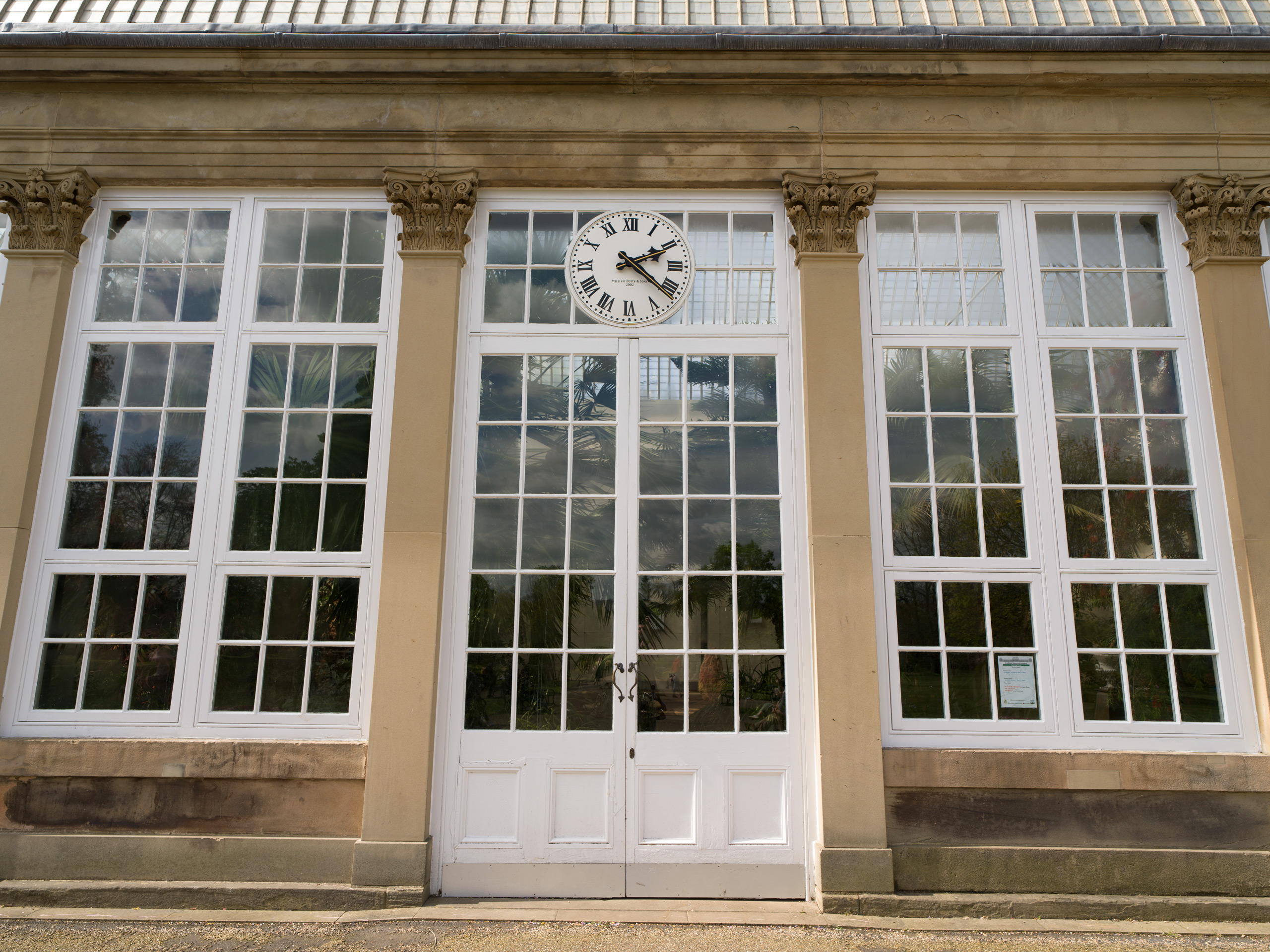
Value for money
It’s difficult to find a direct comparison for this lens from other manufacturers, as there are so few medium format cameras out there, and if we do find a similar wide-angle lens from another company, it’s not going to have as bright an aperture as this lens. Therefore, we’re left with the only option being to compare it to Hasselblad’s own XCD lenses.
The 25mm F2.5 lens is cheaper than the 90mm F2.5 lens, at $3699 / £3559 compared to £4059. This makes it relatively good value for money, although it’s also much more than Hasselblad’s F4 lenses, so really the choice is yours as to whether you think it’s good value for money or not.
Verdict
The Hasselblad XCD 25mm F2.5 V lens is quite frankly everything you would expect from a premium lens from a premium brand like Hasselblad. The sharpness and levels of detail that’s possible to capture with this lens is impressive, and even more impressive is that you can get this even when shooting wide-open at an aperture of F2.5.
The few negatives of this lens, such as distortion and vignetting in JPEGs, are rather minor, and for most people shooting with Hasselblad, shooting and processing raw will be a natural part of the imaging workflow, meaning these issues are automatically corrected in raw processing software
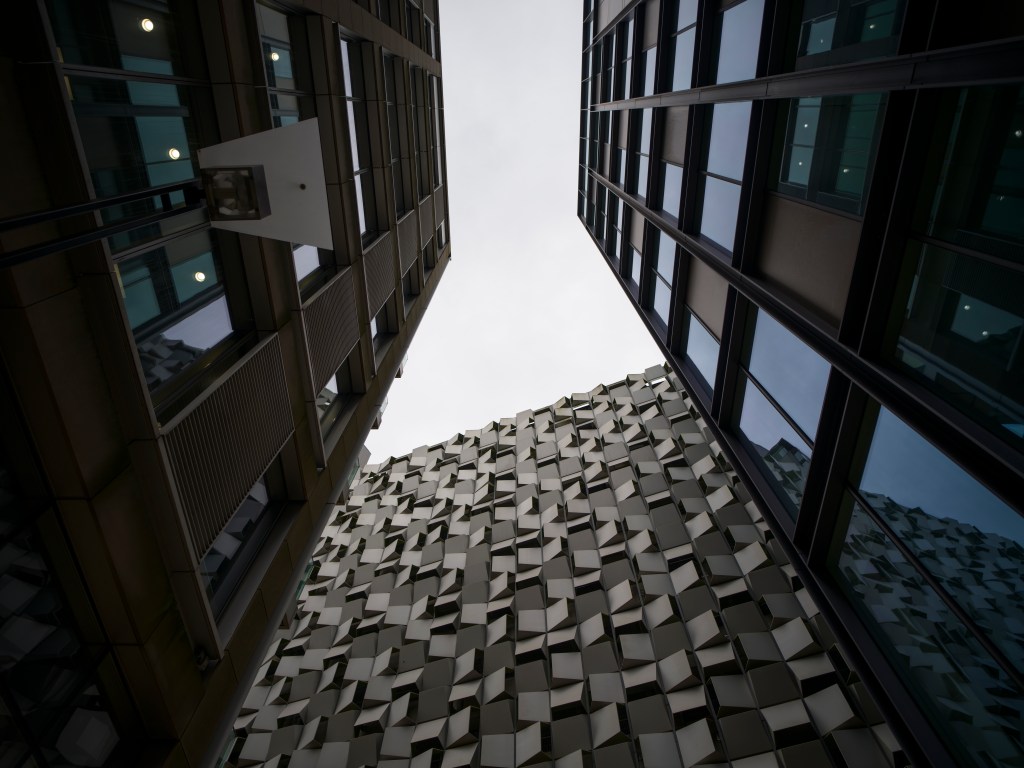
The build-quality of the lens lives up to the Hasselblad reputation, and if you do buy this lens, you’ll be re-assured when you feel the lens in your hand. Small touches, including the ‘H’ pattern on the lens, the name plate, and the feel of the push/pull focus ring all add up to a high-quality lens that shows a real attention to detail, that is rare to see.
The Hasselblad system gains another beautiful lens that lives up to the reputation of Hasselblad, and delivers results that will impress.

Specifications
| Price | $3699 / £3559 |
| Filter Diameter | 72mm |
| Aperture | f/2.5-f/32 |
| Lens Elements | 13 elements, with 4 aspherical elements, 3 extra low dispersion elements |
| Lens Groups | 10 |
| Diaphragm blades | 10 |
| Minimum focus | 25cm |
| Fastest shutter speed | 1/4000s |
| Length | 105mm |
| Diameter | 75mm |
| Weight | 592g |
| Lens mount | XCD |
| Included Accessories | Caps, Hood, Pouch |

